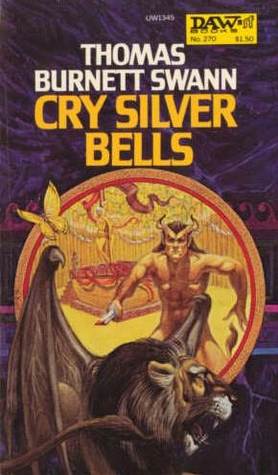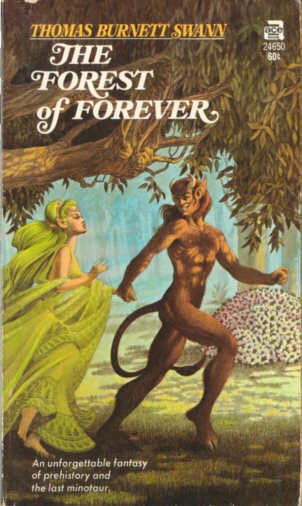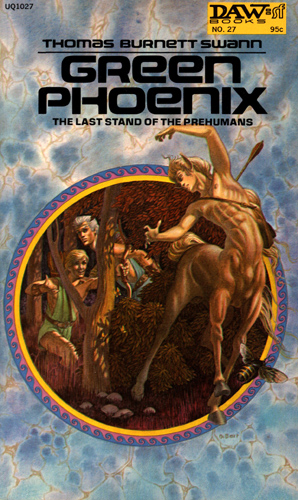Kaiphranos
Donor
Nice Calvin & Hobbes references--I might not have caught the one without the other. 
Nice one Jared.
I like the Hulk Trolls. Nice touch. That and the "don't feed the trolls". Wise advice in any universe.
Nice Calvin & Hobbes references--I might not have caught the one without the other.
And at last a straightforward explanation for the Noodle Incident!
What..what is the Naturale profession in Wizards and Warriors?
Thoughts?
P.S. In the changed circumstances of the world of Lands of Red and Gold, the equivalent of modern fantasy fiction has developed without any analogue to JRR Tolkien. Even historically, of course, Tolkien was not the only fantasy author of his era; there was also Mary Shelley, Lord Dunsany, Fritz Leiber, Ray Bradbury, HP Lovecraft, Robert E Howard, CS Lewis and Ursula K Le Guin, to name but a few. But no-one else popularised the genre in quite the way that Tolkien did, and so his distinctive influence was marked across much of fantasy literature during the second half of the twentieth century. (And even, to a lesser degree, today.)
Here, without an analogue to Tolkien, ‘romance’ literature developed quite differently. Rather than one overwhelmingly influential author in fantasy, a wider variety of authors, settings and themes were present and explored through the somewhat broader romance category.
This has led to a wide variety of changes. For instance, romance does not have the same dominant, quasi-medieval setting as its preferred background for invented worlds.
I don't think that Tolkien is solely or even predominantly responsible for this aspect of modern fantasy. There was considerable attraction to the Middle Ages as the backdrop for fantasy long before Tolkien. One of the major figures of early 20th century fantasy was James Branch Cabell, whose work was mostly pseudo-medieval (though satirical rather than dramatic). E. R. Eddison, though less important, was another.
Indeed the medieval fascination goes back to Le Morte d'Arthur, which is pre-contact-with-Aururia.
Nice Calvin & Hobbes references--I might not have caught the one without the other.
Vorns are a reptilian (vaguely lizard-like / snake-like) race. Shulin are a cat-like humanoid race.
Are they still seen as all male or have they been given females like dwarves have in out TL's fantasy literature?[4] Satyrs are ultimately derived from the classical Greek mythological creatures, but the W & W conception of them is most heavily influenced by how they were presented in Francis Arnold’s Novatlantis trilogy: Father, Son, and Holy Goat [11]. In that setting, Arnold largely conflated the Greek satyrs (part-horse creatures) with the Roman fauns (part-goat creatures), as well as adding some reinterpretations of his own.
Which one was that?
Are those two based on mythological creatures?
Nice (mythological -themed) interlude, Jared!
Are they still seen as all male or have they been given females like dwarves have in out TL's fantasy literature?
This has led to a wide variety of changes. For instance, romance does not have the same dominant, quasi-medieval setting as its preferred background for invented worlds. In so far as there is a predominant background, it is more influenced by classical Greco-Roman mythology rather than medieval society or Tolkien-style Germanic mythology. So in romance there are more legions, theatres, republics and democratic city-states, fewer knights and castles, less conceptualisation of monarchy as an ideal state of government, more satyrs, dryads, nymphs and centaurs, and fewer elves, dwarfs, goblins and trolls.



he mythological repertoire. In many ways, satyrs fill a similar niche in W&W to what elves do in OTL RPGs.
reminds me a bit of Thomas Burnett Swann's work
Do the Bucca fill the role of dwarves?
Now I'm curious with what's going to happen in Denmark later on, if that author was a refugee from it.
I assume that the Cornish Bucca is similar to the Puck/Pucca.
So aside from goat-kin and horse-kin what other types of satyrs are there?[4] Satyrs are ultimately derived from the classical Greek mythological creatures, but the W & W conception of them is most heavily influenced by how they were presented in Francis Arnold’s Novatlantis trilogy: Father, Son, and Holy Goat [11]. In that setting, Arnold largely conflated the Greek satyrs (part-horse creatures) with the Roman fauns (part-goat creatures), as well as adding some reinterpretations of his own..
So aside from goat-kin and horse-kin what other types of satyrs are there?
I wish to posit that before deer kin were integrated into the idea of satyrs fully, someone created and published an illustration which mixed features of the normal two types and the deer-kin, initially untitled but widely dubbed 'The Satyr's Satire'.The three main kinds are horse-kin, goat-kin and deer-kin.
Horse-kin have the lower half of a horse, including a long horse tail, and horse-like long ears. They're based on classical Greek satyrs.
Goat-kin have the lower half of a goat, with a short goat tail, and small horns on their forehead. They're based on classical Roman fauns.
Deer-kin have the lower half of a deer (surprise!), with a mid-length tail (like a red deer), and dear ears (if female) or long antlers (if male). They're not based on anything classical, but on the same misinterpretation that fantasy artists made in OTL - they drew some "fauns" with antlers after confusing them with "fawns". This got integrated into the idea of satyrs by later romance writers.
There may be other kind of satyrs too, but I haven't gone into the details.
Going with the theme of humanoids with with tails,legs,ears,and or horns of different beastsThe three main kinds are horse-kin, goat-kin and deer-kin.
Horse-kin have the lower half of a horse, including a long horse tail, and horse-like long ears. They're based on classical Greek satyrs.
Goat-kin have the lower half of a goat, with a short goat tail, and small horns on their forehead. They're based on classical Roman fauns.
Deer-kin have the lower half of a deer (surprise!), with a mid-length tail (like a red deer), and dear ears (if female) or long antlers (if male). They're not based on anything classical, but on the same misinterpretation that fantasy artists made in OTL - they drew some "fauns" with antlers after confusing them with "fawns". This got integrated into the idea of satyrs by later romance writers.
There may be other kind of satyrs too, but I haven't gone into the details.